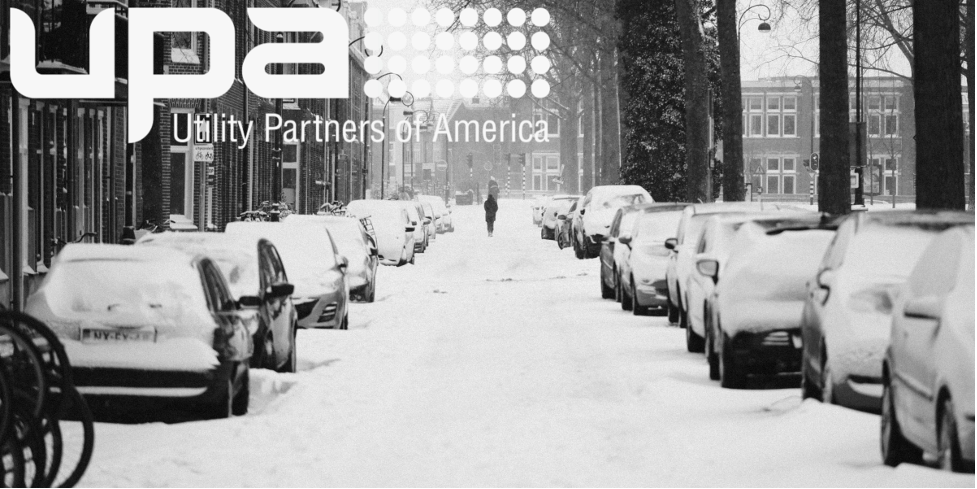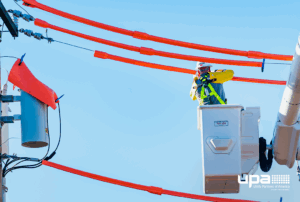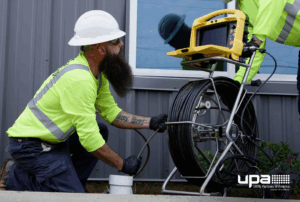The state of Texas made headlines in February 2021 when it experienced a catastrophic infrastructure failure. Due to a series of severe winter storms that swept across the state, millions of homes and businesses lost power. The five safety tools are essential to ensure residents don’t have to battle food and water shortages.
It’s not uncommon for winter storms to have safety implications and wreak havoc on infrastructure to some degree. Weather and emergency management experts recommend curating a winter emergency kit if living in an area where a winter storm is possible. Not sure what to include? We’re here to help with these five must-haves.
Water
Perhaps the most important inclusion on our list, water is absolutely essential for both drinking and sanitation. Ready.gov, an official website of the U.S. Department of Homeland Security, recommends you have at least one gallon of water per person per day for several days. Individual needs will vary, but it’s in your best interest to keep in mind that children, nursing mothers, and sick people may need more than that baseline recommendation. Also, while it may seem like a good idea to ration water, you should never do so unless directed by authorities.
Related: Storm Response Planning: Four Tips
Non-perishable foods
When a winter storm comes out of nowhere, you may not have time to stock up on things to eat. To be safe, you’ll want to buy non-perishable foods in advance. Ones that don’t require refrigeration for storage or heat to prepare. Good examples of this include canned goods, crackers, dried fruits, cereals, and peanut butter. If left unopened, these items are all usually shelf-stable for at least a year. Meaning they should last you through the winter season before being consumed and replaced the following year.
First-aid kit and medications
Bumps, bruises, cuts, and scrapes happen year-round and under normal circumstances, they aren’t usually a problem. During a winter storm, you won’t want to leave home for supplies. Most drug stores sell fully assembled first-aid kits, but if you choose to go the DIY route, don’t forget gloves, adhesive bandages, medical tape, gauze, tweezers, scissors, and antiseptic wipes. For maintenance medications, you can always talk with your doctor about receiving a 30, 60 or 90-day supply of your medications. That should reduce the risk of running out during a winter storm.
Related: Why Your Utility Needs A Contingency Plan
Handheld necessities
We’re lumping a few must-haves together in a group that we’ll call “handheld necessities.” This section includes flashlights, candles, lanterns, battery-powered radios, and extra batteries. Assuming there’s a power outage, you’ll need the flashlights, candles, and/or lanterns to see. It’s critical that you have plenty of batteries on hand to keep these items operational. With no cell phones, computers, or televisions to keep you apprised of updates, battery-powered radios are a valuable resource to have.
Extra blankets
When snow and ice knock out your heating source, it’s crucial that you do what you can to stay warm. While an extra comforter or two will do, your best bet is to purchase an emergency blanket. Made of metalized plastic, emergency blankets are effective at trapping your body heat and should be used like a wrap that covers your entire body. Some emergency blankets come with additions that enable you to create a structure out of the blanket for added comfort.
Utility Partners of America (UPA) has worked with utility companies and energy cooperatives for more than two decades. We’ve seen our fair share of winter storms, which has given us a good perspective on what to include in a winter emergency kit. To learn more about what we do and how we assist utilities, contact us or call (864) 269-2302 today.




